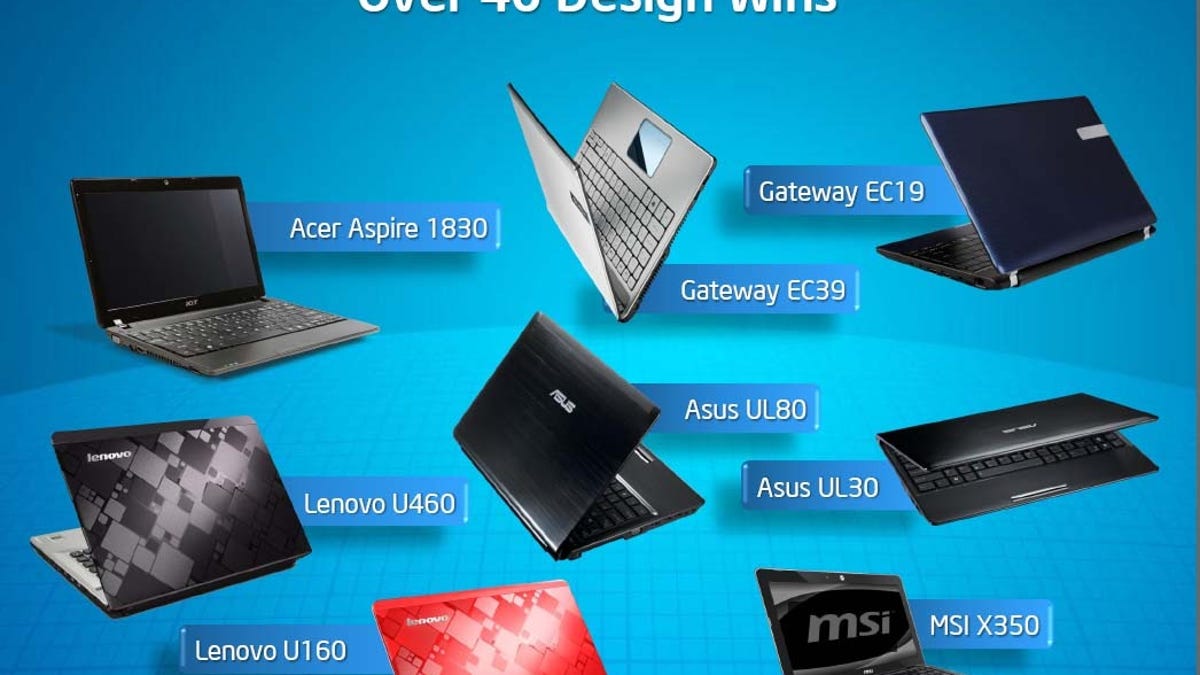Intel targets laptop Holy Grail with Core ULV chips
What's between a Netbook and a full-size laptop? A whole bunch of options, and Intel's new processors are among them.

New Core i3, i5, and i7 ultralow-voltage processors have officially been announced by Intel. Consuming less power than standard-voltage Core i3, i5, and i7 processors, they're also slightly less powerful. We saw a similar move last year with Core 2 Duo ULV chips such as the SU7300, which wasn't as fast as a standard Core 2 Duo, but helped smaller laptops attain a higher battery life. We saw that processor in laptops ranging from the
Though the spin on the news so far has emphasized "ultrathin" laptops, it's really a little different than that. After all, we've seen some
Instead, a real target could be for the strange middle ground between very affordable, highly portable, but slower-performing Netbooks and full-size mainstream laptops. The 13-inch machines, and even 12-inchers, fall into a strange spectrum. The
The
Another promising part of these CPUs could be their integrated Intel graphics. Though they're bare bones, we've found Core i3/i5 systems to be great at HD video playback and Flash streaming. Small laptops with these new Core ULVs could finally be as effortless at handling video playback as we'd always been expecting--Atom Netbooks certainly aren't.
The Alienware M11x, with its great combination of small size and impressive graphics paired with a Core 2 Duo ULV CPU, could be exactly the sort of laptop that would benefit the best from these new chips. In fact, news this weekend already confirmed that the M11x is going to include new Core i3, i5, and i7 processors.
ULV CPUs are a compromise. They offer reduced performance in exchange for better battery life. But, better battery life just might be worth it to most people.

